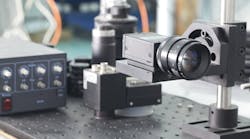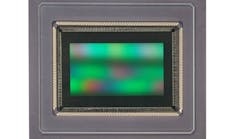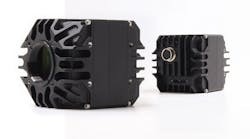Six networked GigE cameras detect defects at 70 glass tubes per minute.
Since their invention in 1926, fluorescent lamps have been deployed worldwide as cost-saving, energy-efficient replacements for incandescent lamps. Unlike incandescent lamps, however, fluorescent lamps are gas-discharge devices that require a ballast to regulate power flowing through the lamp. In the most common types of tubes, this ballast is located in the glass tube itself, allowing them to be plug-compatible with their incandescent counterparts. Today, most of these fluorescent lamps are 4- or 8-ft fluorescent light bulbs and are usually seen in office buildings and schools.




